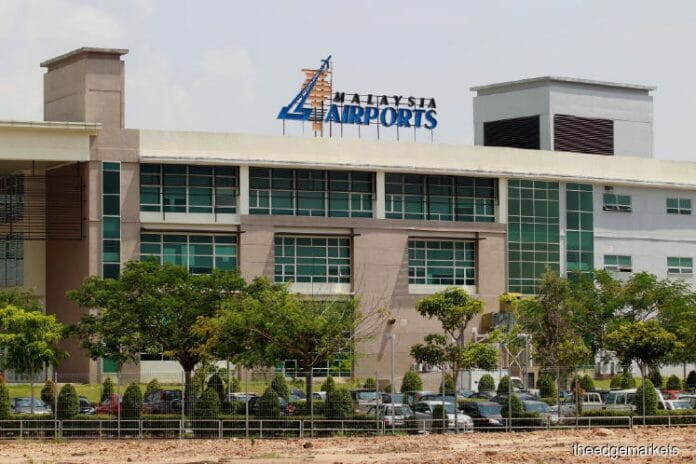Kenanga views the divestment of the 11% stake in GHAIL by MAHB for RM479 million as positive, as it noted the divestment of this non-core asset has not meaningfully contributed to the bottom line of the group. Pending the completion of the deal, the house maintains forecasts target price of RM7.00
Backgrounder, MAHB is selling its entire 11% stake in GHIAL for USD100m (RM479m) to its partner in GHIAL, i.e. GMR Airports Limited (GAL), which will see its stake rising from 63% to 74%. GHIAL manages the operations of Rajiv Gandhi International Airport in Hyderabad, India, and Bidar Airport in Karnataka, India, which has a concession period until 23 March 2038. GHIAL has exercised its option to extend the term for an additional 30 years.
The proposed divestment is expected to be completed in 1QCY24. The disposal PER works out to >60x based on GHIAL FY Mar 23 net profit of RM62.2m. We are positive on the divestment which is in tandem with the group’s strategy to divest its non-core assets.
Kenanga says there is no earnings leakage from this divestment since AIRPORT doesn’t equity account GHIAL. In terms of dividends, since 2008, AIRPORT has received approximately RM31m or an average of RM2m per annum between 2008 and 2022 from its 11% stake in GHIAL. For illustration purposes, the impacts to its financials are as follows: i) AIRPORT is to record a RM114m (6.9 sen/share) gain on the disposal; ii) AIRPORT’s book value will rise from RM4.61/share to RM4.68/share as at 30 Jun 2023; and iii) the RM479m proceeds will reduce AIRPORT’s net debt and gearing from RM3.5b to RM3b and 0.45x to 0.39x as at 30 Jun 2023, respectively.
The house expects business and leisure air travel to continue to recover throughout CY23 with activity poised to return to pre-pandemic levels in CY24. According to Tourism Malaysia, tourist arrivals in Malaysia are expected to jump 60% to 16m in CY23 from an estimated 10m a year ago (see Exhibit 1). A key driver is Chinese tourists who historically contributed an estimated 12% of total tourist arrivals in Malaysia. In 2024, Kenanga projects tourist arrivals to expand further by 24% to 20m, compared to the pre-pandemic level of 26m.
This should underpin growth in AIRPORT’s passenger throughput demand in 2023. We expect traffic trajectory to grow in subsequent months as airlines continue to re-activate more aircrafts to match increasing demand. Amplifying traffic growth trajectory is aircraft movements that are pointing towards increased medium and long-haul flights to Perth, Sydney and Auckland, Southeast Asia, and South Asia destinations. KL International Airport saw the return of Kuwait Airways
after a seven-year hiatus, while two other foreign carriers i.e. KLM Royal Dutch Airlines and All Nippon Airways, will resume non-stop flight operations to Amsterdam and Tokyo, respectively, after temporarily ceasing operations due to the COVID-19 pandemic.
In addition, Malaysia Airlines has increased its flight frequency to Tokyo from November 2022, meeting the surge in travel demand after Japan reopened its borders to international travellers. AirAsia Group meanwhile is focusing on its medium-haul operations and has increased its Malaysia AirAsia X flights to 44 times weekly across 10 routes from November 2022.









